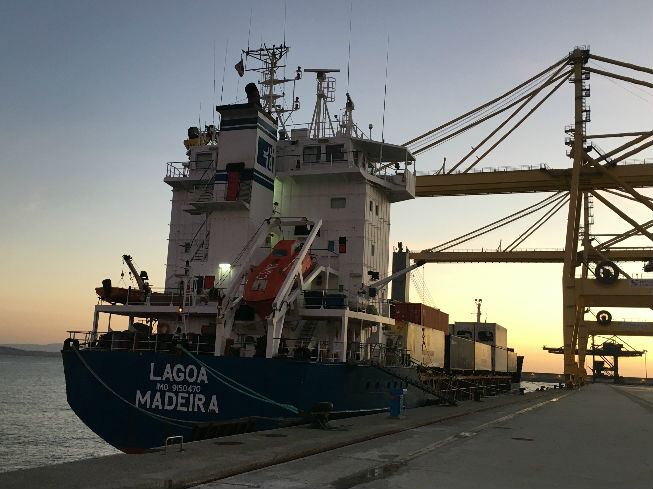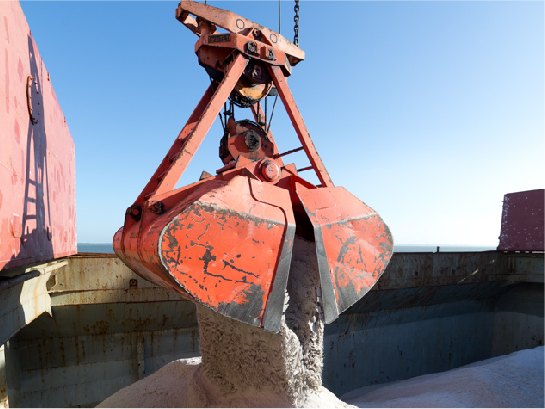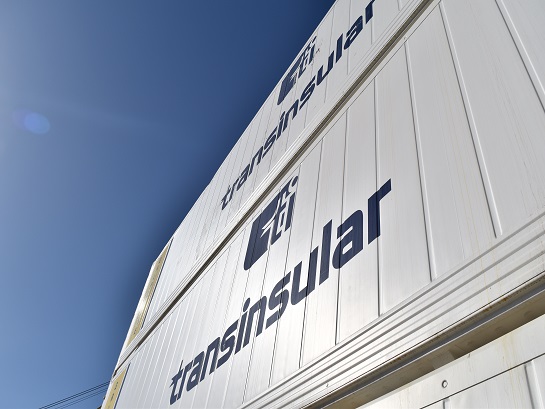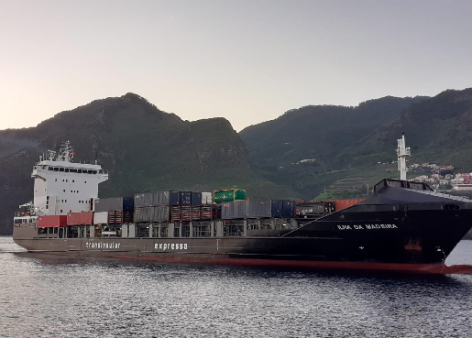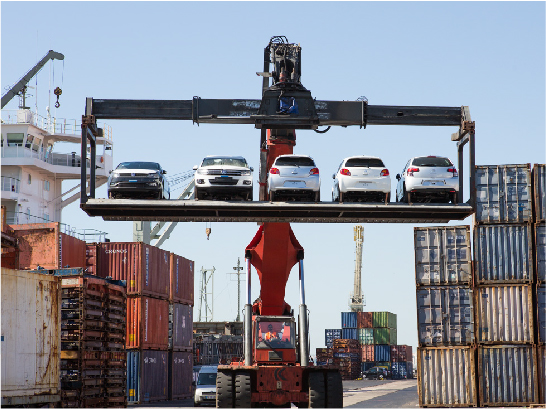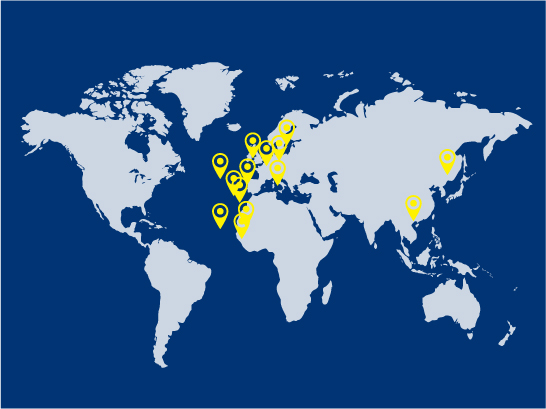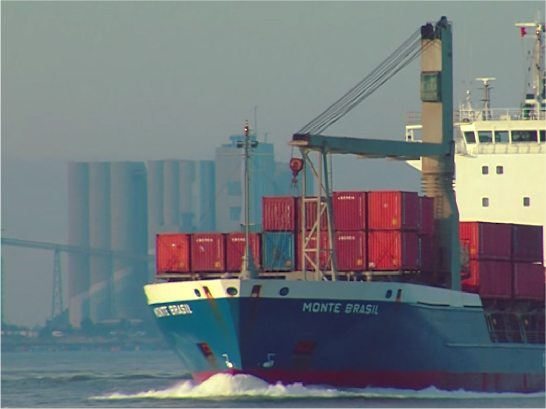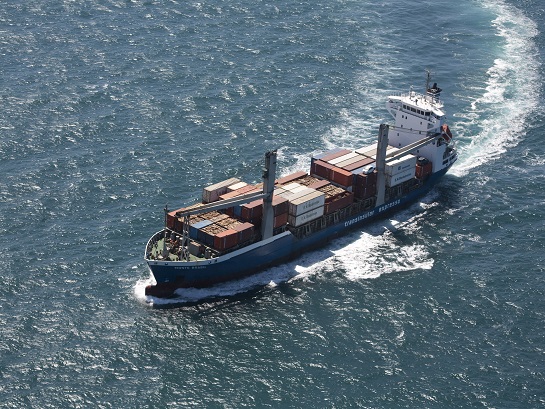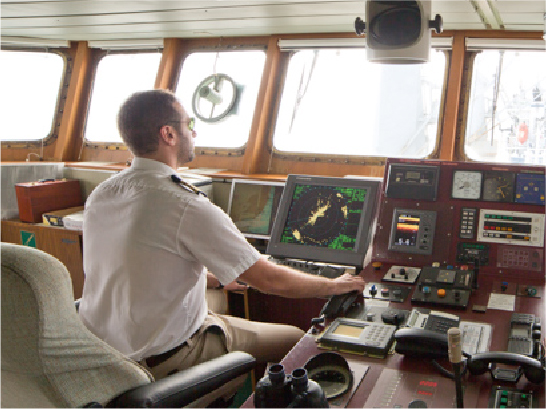“Estando situado numa ilha, o transporte marítimo assume uma importância fulcral no nosso negócio. Ao longo de décadas a Transinsular tem sido o nosso parceiro privilegiado nesta função importante, de levar os nossos produtos até perto do mercado consumidor. Uma vez que parte dos nossos produtos –nomeadamente o queijo e a manteiga – são perecíveis, o serviço dos contentores frigoríficos é fundamental e nesse aspeto, realmente a Transinsular tem prestado um excelente serviço.”
SERVIÇOS TRANSINSULAR
Serviços adaptados às necessidades de carga dos nossos clientes
Os Nossos Serviços
Ligamos Portugal Continental aos Açores, Madeira e Cabo Verde e estes ao Norte da Europa, Báltico, Mediterrâneo e Ásia.
Granéis
Este serviço abrange o transporte de carga não contentorizada, homogénea ou não, sem itinerários nem regularidade pré-definida e tem por base o princípio “uma carga, um navio”.
Carga Frigorífica
Os Contentores frigoríficos | reefers são utilizados para transportar carga perecível que requer condições de temperatura controlada, tal como: vegetais, frutas, peixe, carne, produtos farmacêuticos entre outros.
Fretamentos
Realizamos fretamento de navios (Charter-Out) e afretamento (Charter-In), para fazer face às necessidades do mercado e dos seus Clientes. Por favor contactar: Granéis e Fretamentos
Carga Especial
Montamos soluções de transporte à medida das necessidades do nosso cliente, podendo implicar o desenvolvimento de protótipos de contentores que respondam às exigências da carga.
Agentes
Temos uma vasta rede de agentes em Portugal continental, nas regiões Autónomas dos Açores e da Madeira e em mais de 20 países do mundo.

VANTAGENS DA
TRANSINSULAR
A excelência do que fazemos motiva a escolha dos nossos clientes.
“Trabalhamos com a Transinsular já há alguns anos a esta parte com os animais em vida e agora finalmente com produtos lácteos. É uma empresa em que a nossa empresa confia, precisamente pelo serviço que nos presta todas as semanas.”
Francisco Barcelos, Presidente, Quinta dos Açores
“Sem a parceria com a Transinsular toda a nossa logística não seria possível. Hoje em dia temos que enviar o vazio, azeite e o óleo para as nossas fábricas onde produzimos as conservas de atum e posteriormente enviá-las para o continente.”
Luís Cumbrera Tavares, Adjunto Administração, Cofaco
“No mundo empresarial, o sucesso passa, também, por aliarmo-nos a parceiros que nos garantam um serviço profissional, eficaz, rápido, que passe por uma relação de confiança e de entreajuda. Foram estas as qualidades que encontramos nos profissionais da Transinsular. Numa relação de anos e num lidar quase diário, a Transinsular faz parte do nosso quotidiano, transportando a nossa madeira, da Ilha da Madeira para o Continente.”
Rui Pereira, Diretor, RSP Madeiras Lda
“A garantia de um bom serviço de transporte marítimo é uma vantagem competitiva para atenuar os efeitos da ultraperiferia da ilha da Madeira. A Transinsular, ao longo dos anos, tem sido um parceiro de confiança no que diz respeito ao transporte marítimo de bens alimentares (cereal, massas, óleo e sêmeas) do Continente para a Madeira e da Madeira para os Açores e Continente.”
Carlos Batista, Administrador, Insular – Produtos Alimentares S.A.
“As comunicações e a mobilidade são questões fulcrais nas regiões insulares. A facilidade e a rapidez com que se movimentam pessoas e mercadorias, particularmente em regiões com poucos recursos naturais, são factores indispensáveis para o desenvolvimento e crescimento económico das mesmas. No caso do cimento comercializado pela Cimentos Madeira e desde o início da sua actividade em 1985, a Transinsular foi um excelente parceiro assegurando com qualidade e elevado nível do serviço prestado, não só os transportes de cimento em navios graneleiros e auto descarregadores, como também o agenciamento destes. Ao longo dos anos a Transinsular tem sido um parceiro fundamental no sucesso da Cimentos Madeira.”
José Franco, Administrador, Cimentos Madeira
“É com orgulho e satisfação que reconhecemos fazer parte da história da Transinsular Madeira e da mesma forma reconhecer este parceiro como crucial no sucesso e progresso da Nóbrega ao longo dos nossos 53 anos de existência. Os serviços de transportes da Transinsular permitem-nos, com confiança e segurança, ultrapassar os milhares de quilómetros de oceano que separam a Madeira do Mundo, garantindo que a receção das nossas mercadorias, refrigeradas e congeladas, em tempo útil e com a segurança que sempre exigimos e pudemos contar da Transinsular. A Transinsular Madeira é reconhecida na Nóbrega pelo seu serviço de proximidade e extremamente eficiente, não apenas atentos á operação regular, mas também antevendo eventuais obstáculos respondendo sempre com soluções alternativas de forma a nunca comprometer a nossa operação.”
Vítor Hugo Nóbrega, Director Geral, António N. Nóbrega S.A.
A NOSSA ATIVIDADE
NOTÍCIAS
Alguns dos temas mais relevantes tratados nos media sobre a economia do mar e a Transinsular.




